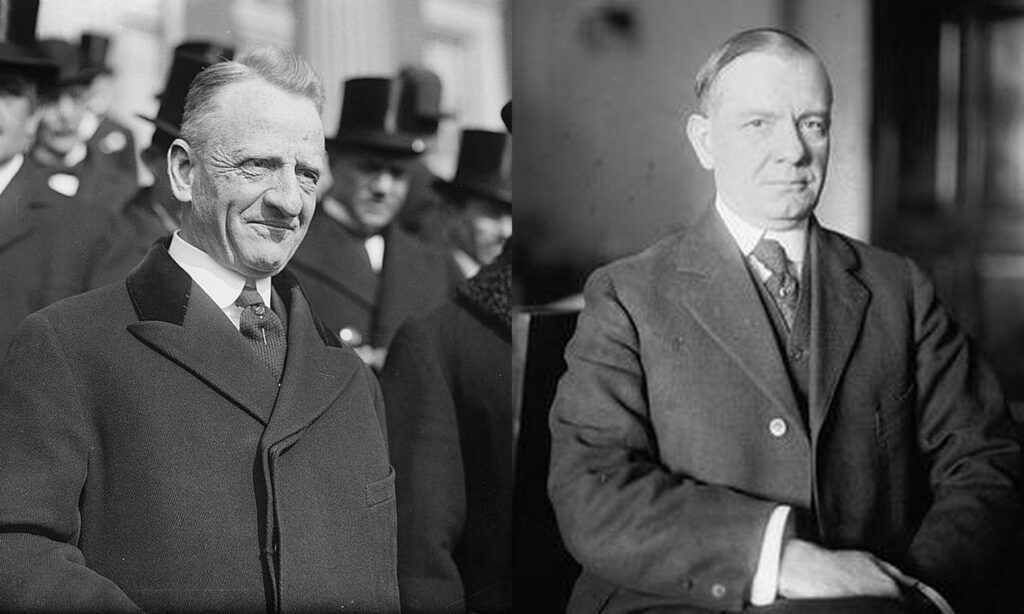
The Glass-Steagall Act which is formally called the Banking Act of 1933 was enacted to prohibit commercial banks from participating in the investment business after the many bank failures of the Great Depression era. The idea was that banking institutions that safeguard and control our money supply should be separated from market investments such that greater stability of our monetary system remains intact. There were actually four main provisions of the Act that were somewhat chipped away at from 1933 until 1999 when the Gramm-Leach-Bliley Act (GLBA) repealed what was left.
The 1999 GLBA repeal bring us up to the 2008 financial crisis. Some critics argue that the repeal has allowed investment banks to gamble with depositor’s money held in affiliated commercial banks. Conversely, others argue that the key activities that lead to the crisis were not even prohibited by the Act. Either way, we’d argue that it is not easy to draw simple conclusions about such complex relationships, but there is no doubt that to maintain separate commercial and investment banking certainly could help to provide more stability to the money supply during a significant financial crisis.
So, why all this talk now about a 1933 Act that was repealed in 1999? Well, as of last week, the official 2016 Republican Platform includes a revived separation of commercial and investment banking. Now, I’ll not speculate about who will win the election nor about some of the other economic policies that are surprising (and there are several). But, if Trump were to win, would this policy have any opportunity to get traction and if so, what might it mean economically.
First, how serious is the GOP and Trump about implementation of this policy? Most news outlets who have even reported on the issue are touting that Trump has “never endorsed restoring Glass-Steagall”. However, in August of 2015, Trump did address the Volcker Rule, which some consider to be Glass-Steagall lite. Furthermore, Carl Icahn who some consider a Trump advisor on the matter, proposed a return to Glass-Steagall over two years ago. These factors together with the fact that the policy has become an official part of the GOP platform, indicates to me that those making the proposal are serious. As for likelihood of implementation, there is bipartisan support from the grassroots. Support from the establishment is mixed with more Democrats who seem to support the measure than Republicans. Special interests groups would also likely be divided with multinational banks likely opposed and investment companies and some community banks likely in favor.
If implemented, the ramifications would depend largely upon the level of implementation. If only minor provisions were enacted, the average consumer might barely even notice and banking entities might merely have certain limits on certain types of transactions. However, if implementation occurred on a more grand scale, one could see the break-up of large conglomerate banks in a manner not seen since the Great Depression. For consumers the biggest change would likely be whom you receive certain financial services from. It could redefine how consumers think of full service banking. For the industry, it would certainly be a major shakeup.
The information provided in Eddleman’s Economic Insight is not intended to be used as investment advice; rather it is provided as general economic news and information for your awareness or for discussions with your investment professional. Please consult your investment professional or CPA for advice specific to your situation! Past performance is not indicative of future results.


recent comments